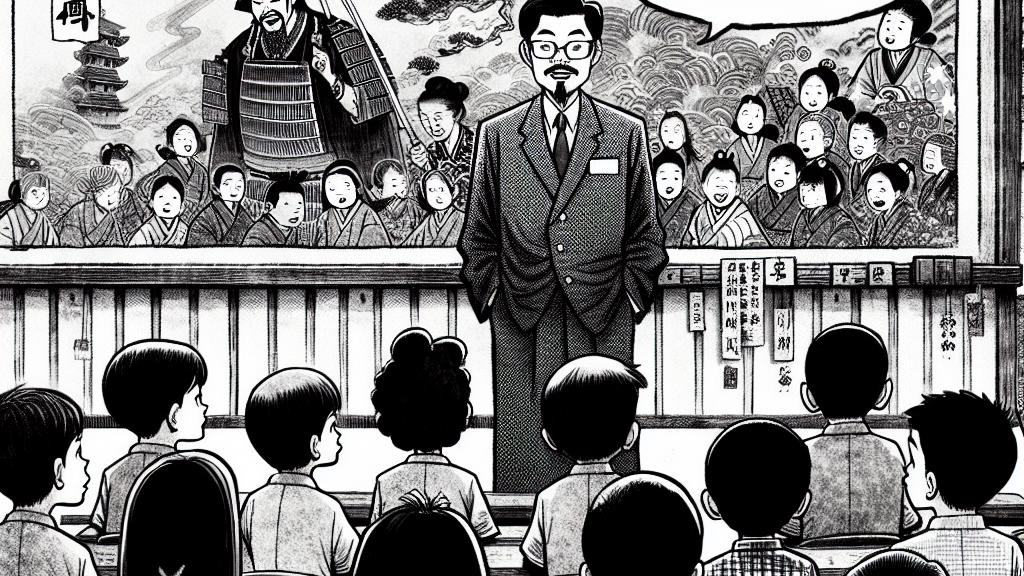Understanding Historical Stories: Are Students Aware of Famous Tales?
Overview
- Many students today are incredibly unfamiliar with the fascinating narrative of 'Chushingura.'
- A teacher's recent observations have uncovered a profound cultural knowledge gap between generations.
- The decline of popular TV adaptations of historical tales has significantly diminished awareness.

The Startling Cultural Knowledge Gap
In Japan, an enlightening discussion among educators exposed a rather surprising trend: a considerable number of students today have no clue about the riveting tale of 'Chushingura,' more famously recognized as the story of the '47 Ronin.' Picture this: a teacher, full of expectation, queries his class about this iconic narrative, only to be met with wide-eyed confusion and blank stares. It’s astonishing to think that just a few decades ago, this story was a staple in conversations. Older generations fondly recall those classic television adaptations that aired around New Year's, sparking excitement as families gathered to watch the story of loyalty and revenge unfold. However, as television evolves and digital distractions take over, these rich narratives are slipping from the cultural memory, leaving today's youth disconnected from their own heritage.
The Impact of Modern Media Consumption
The ways in which we consume media have undergone a radical transformation, fundamentally altering how stories are shared. Years ago, captivating series brought tales like 'Chushingura' right into people's living rooms, inspiring a collective cultural experience. Imagine young viewers on the edge of their seats, captivated by the dramatic re-enactments of fierce loyalty and valiant sacrifice! Yet today, youngsters gravitate toward fast-paced content via streaming platforms and social media—media that prioritize instant gratification over narrative depth. This transition prompts a crucial inquiry: how connected are students to their own rich history? What if a vibrant animated retelling infused with humor and action could rekindle their interest? But without engaging adaptations that resonate with them, the dynamic essence of stories like 'Chushingura' may risk fading into mere footnotes in history books.
Bridging the Growing Generational Divide
For educators and parents, tackling the challenge of bridging this expanding generational divide presents both difficulties and exciting opportunities. To reignite fascination among students for historical narratives, they must employ innovative, engaging strategies. Visualize incorporating interactive storytelling techniques in classrooms, where students could immerse themselves through role-playing exercises or utilize digital platforms to create their own adaptations. This hands-on approach not only captivates their imagination but also allows them to contextualize these stories within their lives. Furthermore, linking historical tales to present-day issues can spur their curiosity and encourage thought-provoking discussions about the importance of 'Chushingura' in our contemporary world. Ultimately, the objective should be to frame these narratives not merely as outdated stories, but as rich, relevant histories that embody timeless themes of loyalty, honor, and justice—values that resonate deeply, irrespective of the generation.

Loading...